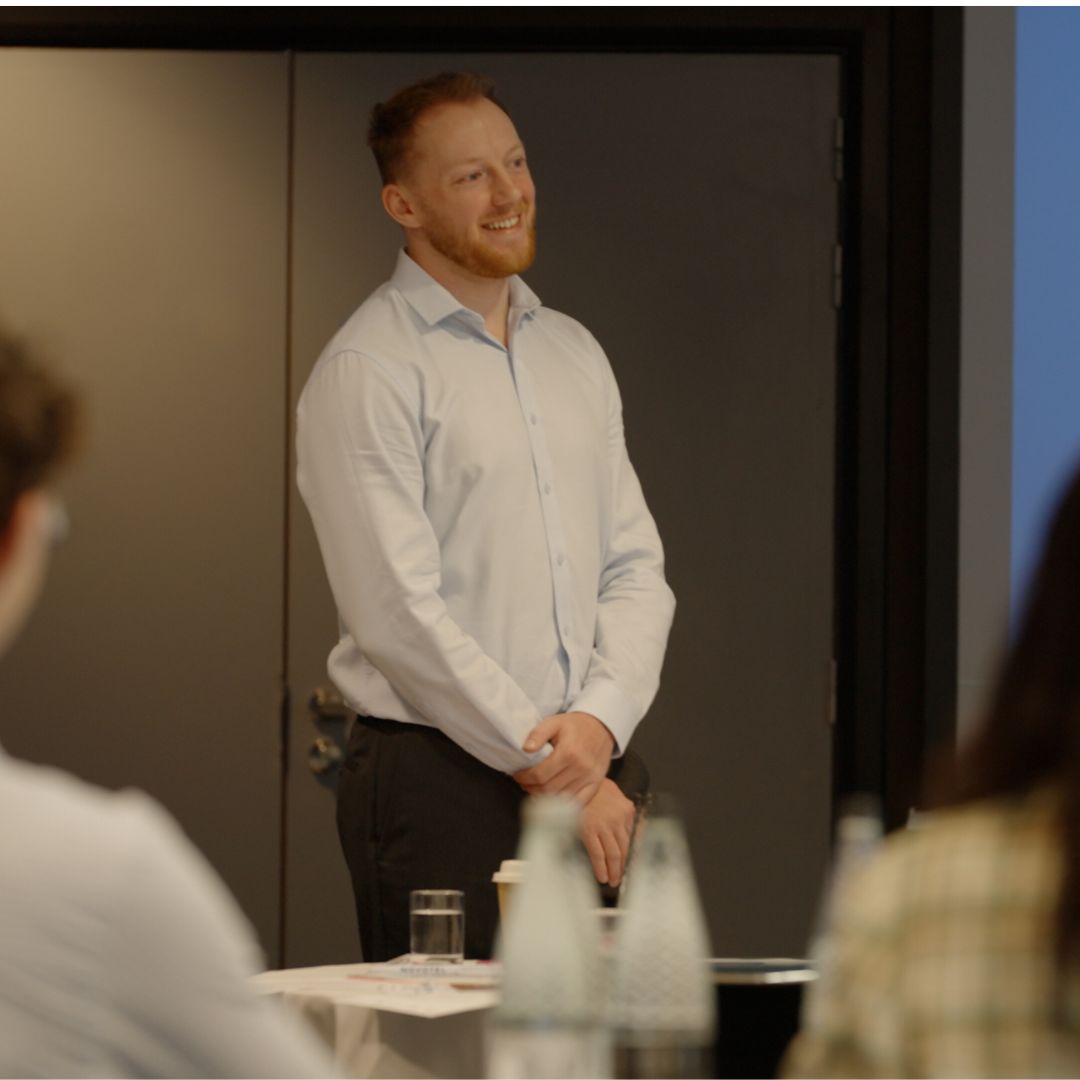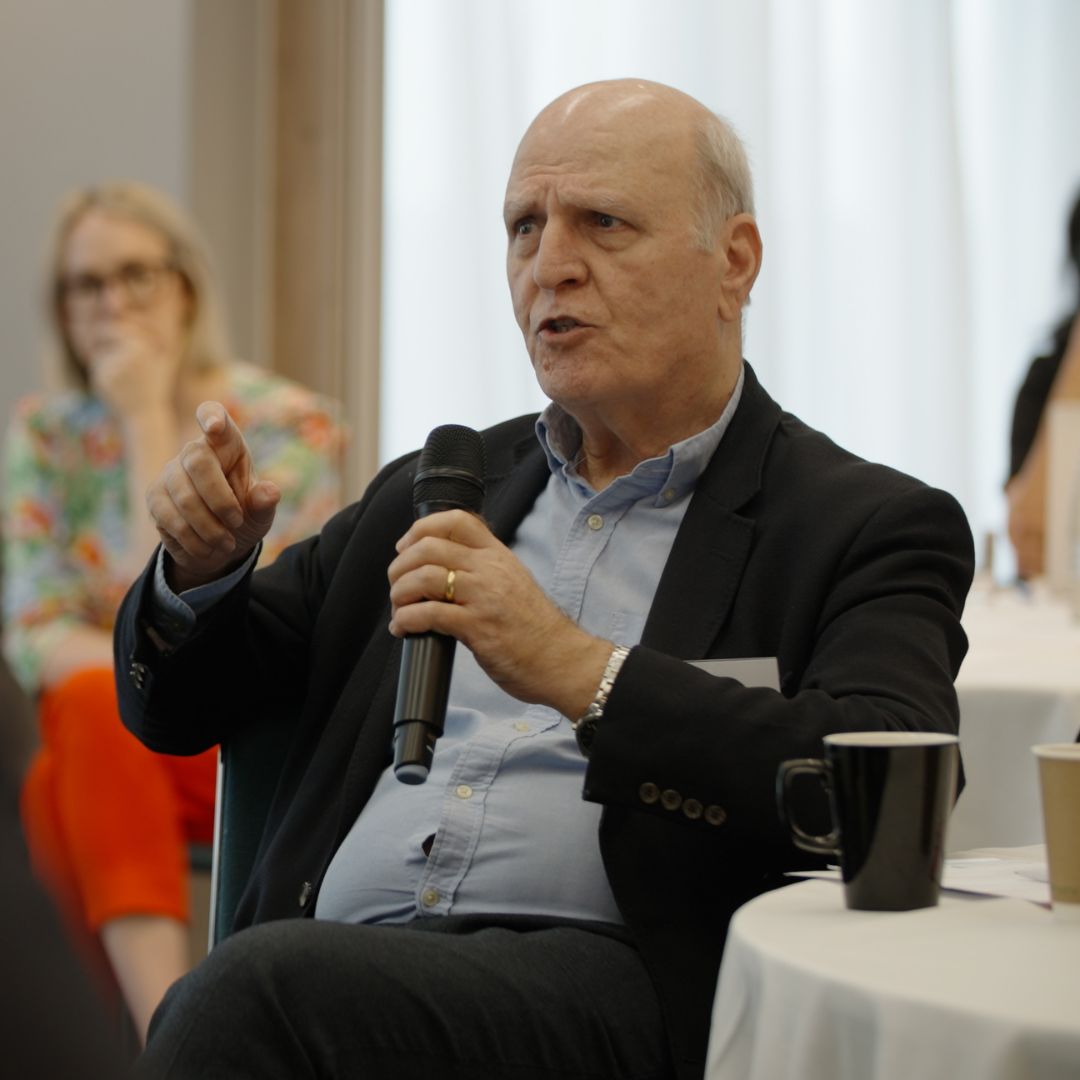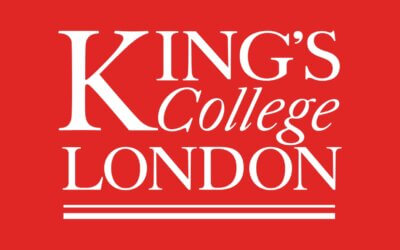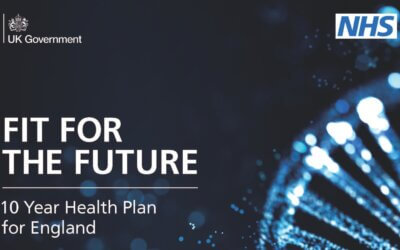The University of Liverpool hosted a pivotal workshop, co-organised with the charity, focusing on Multidisciplinary Approaches to Navigating BAV Aortopathy. This meeting gathered research experts, patients and surgeons to explore new research and treatment protocols for Bicuspid Aortic Valve (BAV) aortopathy. The aim to improve patient outcomes through personalised approaches and agree on a consensus around minimally invasive treatment.
The Workshop’s Importance
Bicuspid Aortic Valve (BAV) disease is the most common congenital heart defect, affecting up to 2% of the global population. Characterised by the presence of only two cusps in the aortic valve instead of the usual three, BAV can lead to aortic aneurysms or dissection. Traditional guidelines favour early surgical intervention. However, recent research from the University of Liverpool suggests that many BAV patients may have structurally sound aortas, potentially challenging the necessity for conventional surgeries.
This workshop aimed to bridge the gap between current practices and future possibilities, promoting personalised, minimally invasive treatment options for BAV aortopathy. The goal is to redefine the standard of care by 2028, ensuring BAV patients receive specific surgical interventions, reducing unnecessary risks, and enhancing overall patient outcomes.
Keynote Speakers and Topics
The event featured compelling presentations from experts, offering insights into various aspects of BAV aortopathy.
Patient Perspective: Jamie Mather
Jamie Mather, a BAV patient and European Brazilian Jiu-Jitsu medallist, shared his personal journey of living with BAV. His experience highlighted the importance of patient-centred care and the need for continuous monitoring and tailored treatment plans. Jamie’s story resonated deeply with attendees, stressing the human side of this medical condition.
Surgical Insights: Mr Ahmed Othman
Mr Ahmed Othman, a renowned Cardiac and Aortic Surgeon at Liverpool Heart and Chest Hospital, provided an overview of the surgical perspective on BAV aortopathy. He discussed the spectrum of BAV morphologies and the common association with multi-segment aortic aneurysms. Ahmed emphasised the benefits of low-risk surgeries performed in centres of aortic expertise and the critical role of close follow-up and screening protocols. He also highlighted the promising use of natural valve substitutes for selected patients, which can significantly improve or maintain the quality of life and survival rates.


Congenital Defect vs. Haemodynamics: Dr Sarah Moharem Elgamal
Dr Sarah Moharem Elgamal, Consultant Adult Congenital Heart Disease and Imaging Cardiologist, explored the relationship between BAV as a congenital defect and its haemodynamic implications. Her talk examined how these factors influence the progression of aortopathy in BAV patients, offering new perspectives on managing this complex condition.
Paediatric Prevalence: Dr Caroline Jones
Dr Caroline Jones, Consultant Cardiologist and Clinical Lead at Alder Hey NHS Foundation Trust, focused on the prevalence of BAV and associated aortopathy in children. Her presentation discussed the importance of early detection and intervention, stressing the need for robust screening programmes to identify at-risk individuals from a young age.
BAV and Dissection Risks: Mr Omar Nawaytou
Mr Omar Nawaytou, Consultant Cardiac and Aortic Surgeon, discussed whether BAV offers any protective benefits against Type A aortic dissection. He presented evidence suggesting that BAV aortas might dissect at larger diameters and exhibit more stable aortic wall architecture, potentially challenging the conventional size-dependent surgical criteria.


Scientific Insights:
The scientific segment featured presentations focused on recent research on different facets of BAV aortopathy:
- Dr Riaz Akhtar discussed the microstructure of aortic elastin and collagen fibres, offering insights into the biomechanical protective properties of the human aorta in BAV patients.
- Dr Jill Madine presented her research on amyloidosis of the aorta, exploring its implications for BAV-related aortopathy.
- Bojin Marinov, a PhD student, shared findings on the influence of circadian rhythms on BAV, suggesting potential avenues for optimising treatment timing.
- Elgan Manton-Roseblade, a medical student, discussed the role of microcalcification in BAV, highlighting its impact on the progression and management of aortic disease.
Surgical Guidelines and Genetic Screening: Úna Ahearn
Úna Ahearn, an Advanced Aortic Nurse Practitioner, provided an overview of current surgical guidelines for BAV aortopathy, family screening, and genetic considerations. Her talk stressed the importance of personalised surgical planning and comprehensive genetic screening to identify familial patterns and optimise patient care.

Consensus Breakout Groups
The event culminated in breakout groups to foster discussions and generate actionable insights:
Patient View: This group focused on understanding the patient’s perspective on aortic aneurysm rupture and dissection risk, aiming to incorporate patient experiences into future care models.
Surgical Guidelines: Participants discussed the current limitations in surgical guidelines, exploring opportunities for refining protocols to better accommodate the diverse presentations of BAV aortopathy.
BAV Aortopathy Research: This group identified key areas for future research, emphasising the translation of scientific findings into clinical practice to enhance patient outcomes.
The Multidisciplinary Approaches to Navigating BAV Aortopathy workshop successfully created a collaborative environment, bringing together a diverse array of stakeholders to discuss the latest advances and future directions in BAV treatment. By prioritising personalised care and leveraging cutting-edge research, the event underscored the potential to transform the treatment landscape for BAV patients. As we move towards 2028, the insights and connections forged at this symposium will undoubtedly play a crucial role in shaping a new standard of care, ultimately improving the lives of countless individuals living with BAV aortopathy.
This workshop was funded by the HEIF Impact Case Study Specialist Support Fund awarded by the Faculty of Science and Engineering, University of Liverpool to Dr Riaz Akhtar.




